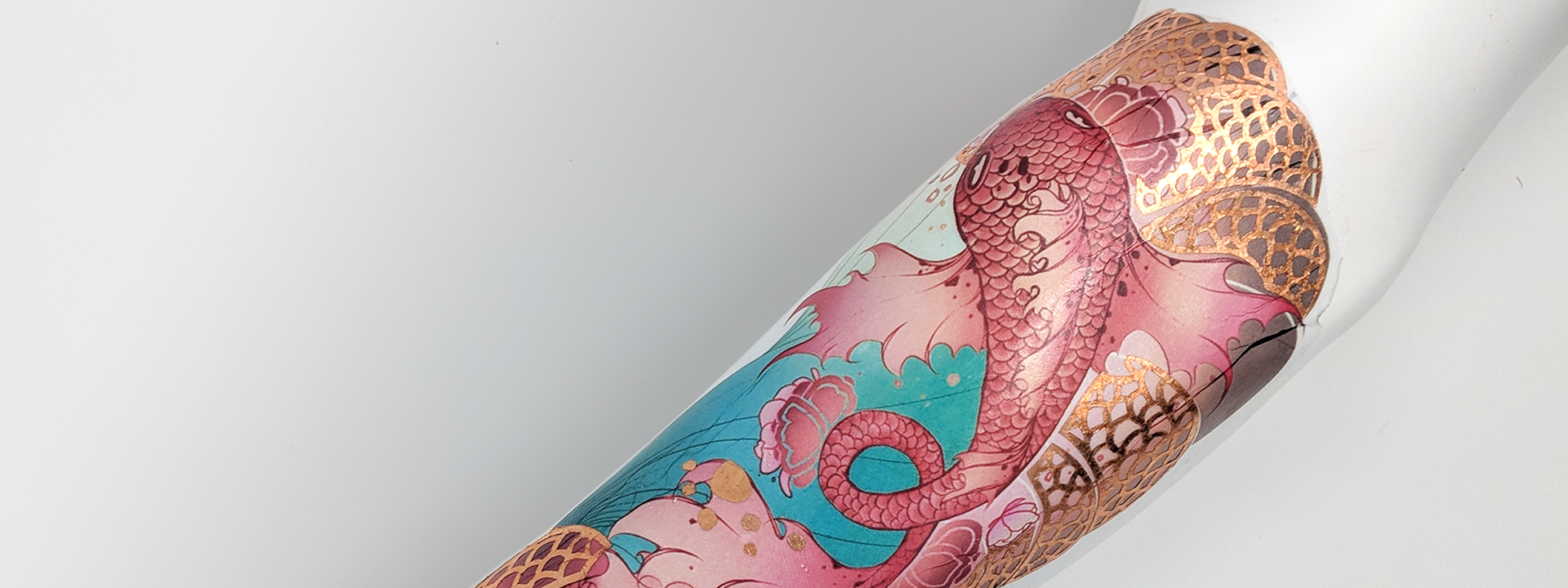How might we wear technology in the future? How might we begin to address issues around sustainability and material waste? How might functional tattoos change the way we interact with our environment? How might people design and wear their own?
Smart Tattoos lies at the intersection of fashion, sustainability, and personalized experiences. Inspired by the Flash Tat trend around beautiful temporary tattoos, our research has sought to expand this concept further into the wearables space by augmenting it with sensing and actuation functionality. The emergence of lightweight temporary wearables is a trend we hope to inspire in the minds of people everywhere for two reasons. The first is to enable anyone to design and create their own wearable experiences unique to what they need and who they are. The second is to promote a more sustainable methodology and mindset around the future of wearable technology.
These interactive tattoos are capacitive and can send signals to any device via touch. They can be laser cut into custom shapes, applied to almost any surface, then connected to a device via Bluetooth from a microprocessor. While the tattoos are temporary, especially on the skin, they can last for months on non-skin surfaces, including fabrics or 3D prints (researchers are also exploring their use on prosthetics). Microsoft researchers recently partnered with the Microsoft Garage team over the Summer of 2018 to host a “Hack-a-Tatt” workshop that enabled employees to design and build their own on-body controls. The goal of the workshop was to observe how easy it was for people to build and connect their own tattoos. New research and testing will also inform the design of smart tattoo kits, which will empower anyone to design and build their own smart tattoo and will open the technology’s use and applications.
Currently, most over-the-counter wearable technologies consist of wrist worn devices that can be paired with a phone or replace the phone entirely. These devices can be expensive to purchase and manufacture, as well as costly to our environment in terms of material waste. Studies have shown that these devices are easily abandoned after several months due to uncomfortable form factors, or loss of novelty. Additionally, the user has very little control over the look and feel of the device beyond settings and app controls. On the flip side, there has been a lot of promise around fashion technology, e-textiles and other embedded I/O experiences. However, they remain very expensive to create and replicate; and are not yet available to the masses until power, construction, and material costs go down. We believe that our Smart Tattoos can harness the power of creativity and self-expression with low fabrication costs.
Related link:
Microsoft searches for new ideas in its summer hackathon (opens in new tab)
CNET NEWS VIDEO | August 22, 2018

